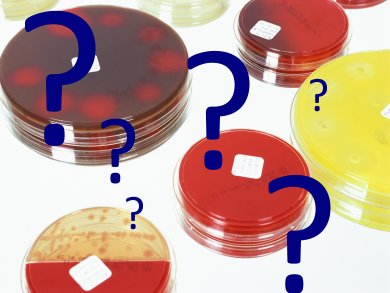Bacterial and viral infections often have similar symptoms but very different treatments. Bacterial infections require antibiotics while treating viral infections with antibiotics is ineffective and contributes to the development of antibiotic resistance, allergic reactions, and greater healthcare costs. Current diagnostic methods to identify the source of infection are time-consuming, as bacterial cultures often require 24–48 h, for example, and may not be completely accurate.
Robert Marks and co-workers, Ben-Gurion University of the Negev, Israel, have developed a test based on the extent of reactive oxygen species (ROS) generated by white blood cells after exposure to bacteria or a virus. The team discovered that viral infections produce more ROS than bacterial infections, which could be used as a marker to rapidly distinguish between viral and bacterial infections with 89 % accuracy.
- Differentiation between Viral and Bacterial Acute Infections Using Chemiluminescent Signatures of Circulating Phagocytes
D. Prilutsky, E. Shneider, A. Shefer, B. Rogachev, L. Lobel, M. Last, R. S. Marks,
Anal. Chem. 2011, 83 (11), 4258–4265.
DOI: 10.1021/ac200596f




